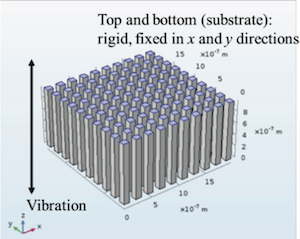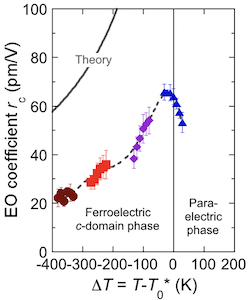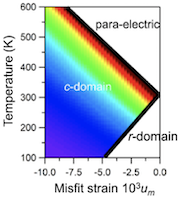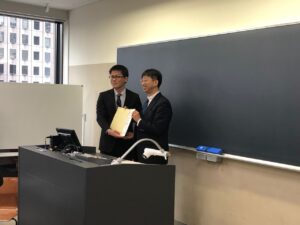Our paper entitled “Theoretical Analysis of Nanogenerators with Aligned Nanorods for Piezoelectric Energy Harvesting” has been published in Sens. Mater. We theoretically analyzed nanogenerators with aligned piezoelectric nanorods. It was shown that for the same piezoelectric materials, using a rod-shaped unit will increase the piezoelectric constant d33 by 33% compared with using a film, owing to less substrate clamping. In addition, for the case of applying normal force, the aligned nanorod array can generate an output power one or more orders of magnitude higher than films within the same volume. This sort of nanogenerator will play an important role in the integration with miniaturized sensors in the off-resonant mode.
Citation: Sens. Mater. 31, 3669-3679 (2019).






